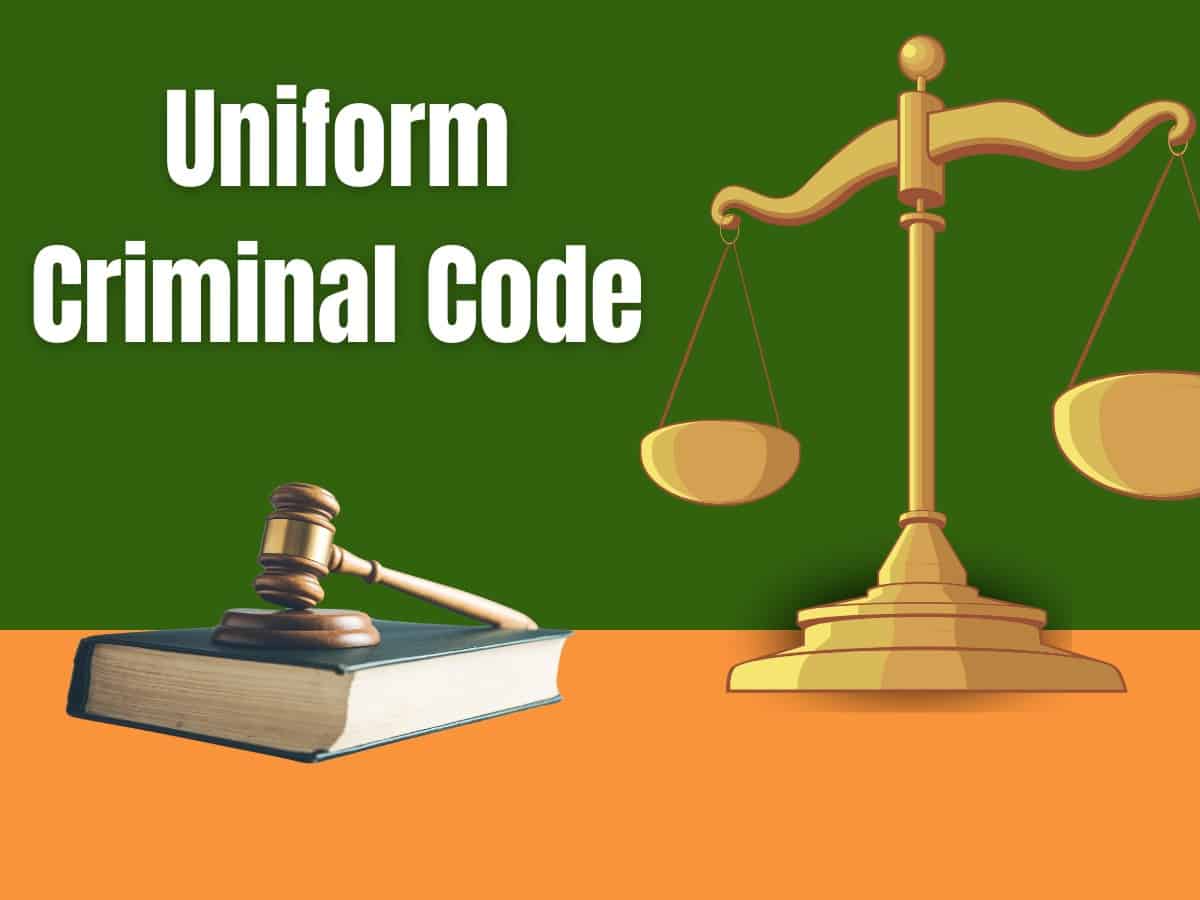
When there is no Uniform Criminal Code in India—and there is no plan to bring it about shortly–the ruling Bharatiya Janata Party bigwigs, including Prime Minister Narendra Modi, are repeatedly promising the implementation of the Uniform Civil Code.
Ironically, the announcement in this regard was made recently in Jharkhand and not in Maharashtra, where the saffron party is already in power. And to keep Adivasis, who form 26.2% of the state’s population and who oppose the Uniform Civil Code, the BJP assured that the Scheduled Tribes would be excluded from it. The question is: if such a big chunk of people are excluded then how can it be called a Uniform Civil Code?
Legal pluralism
In this era of legal pluralism where states, not only in India but in the United States (and several other countries), have been allowed to enact different laws, thinking of codifying and implementing the Uniform Civil Code amounts to chasing a chimera. The issue is raised for public consumption, especially during the election rallies, by the ruling Bharatiya Janata Party. Otherwise, codifying it is easier said than done.
The Uniform Civil Code was earlier the slogan of the Left parties, but the moment the BJP realized that it was another tool for Muslim-bashing they adopted it. Now the Leftists are critical of the government for using it for communal purposes.
But there is no denying the fact that the absence of the Uniform Criminal Code is posing a bigger challenge than the non-enactment of the Uniform Civil Code. In the name of enacting laws states are sometimes crossing the limit, especially on the issue of the eating habits of different communities. For instance, beef eating is a crime in some states while not in several others, even ruled by the Bharatiya Janata Party or its allies.
Prohibition in a couple of states exposes another contradiction. Following Article 47 of the Directive Principles of the Constitution states like Gujarat and Bihar implemented prohibition. But if it is good for the people of the country as such why not all the other states implemented it? So, a person will go to jail if he or she takes liquor on the eastern bank of River Karamnasa in Bihar’s Buxar district; on the other hand, he or she can guzzle down as much as possible just a few metres across this river in Dildarnagar district of Uttar Pradesh.
Similarly, in dry Gujarat one is not expected to even take a peg of liquor whereas all sorts of intoxicating drinks flow like anything in neighbouring Maharashtra, Madhya Pradesh, and Rajasthan. The tourist spot of Udaipur, near Gujarat’s border, attracts a lot of booze lovers from across the state’s southern boundary.
Without debating the success or failure of Narendra Modi’s Gujarat and Nitish Kumar’s Bihar in implementing a liquor ban, one cannot deny the fact that thousands of people are languishing in jail for violating the prohibition. If Article 44 of Directive Principles of the Constitution (which calls for the Uniform Civil Code) is so important, why not Article 47, which says: “…The State shall regard the raising of the level of nutrition and the standard of living of its people and the improvement of public health as among its primary duty and, in particular, the State shall endeavour to bring about prohibition of the consumption except for medicinal purposes of intoxicating drinks and of drugs which are injurious to health.”
Why are so many media persons and Prashant Kishor of the newly created Jan Suraaj Party openly opposing prohibition and questioning the wisdom of the Constitution-makers?
The basic argument is that Bihar and Gujarat suffer the loss of huge amounts of revenue generated through excise duties. According to this logic the states would not progress due to lack of revenue worth thousands of crores of rupees annually.
Funny situation
What is interesting is that while civil servant trainees in Lal Bahadur Shastri National Administrative Academy, Mussoorie in Uttarakhand can take as much alcohol as they like, but once they are posted in these two states, they have to implement prohibition. As per the law in Gujarat and Bihar these officials will be violators of law and will land in jail if they ever drink and would be treated like criminals.
What about former Chief Justice Ranjan Gogoi who in his autobiography narrated how he took other four judges of the Supreme Court to a hotel for a dinner and wine party after passing the Ayodhya judgement on November 9, 2019. The hotel was no doubt in Delhi and not in Gujarat and Bihar—otherwise they would have been languishing in jail.
US story
Not only in India, in the United States there are different laws on the issue of abortion, same sex marriage, gun control etc in different states. In the recently held election these issues were hotly debated.
It needs to be mentioned that the champions of Federalism are of the view that apart from foreign policy, defence and currency the rest of the subjects should be left in the hands of the states. The United States is an example of a Federal country. In such a situation one cannot expect uniformity be it in criminal or civil matters.
So, if there is no uniformity in criminal code which is more essential for any country, how can it really implement the Uniform Civil Code? On paper it can certainly claim to have one.
Easier to enact
In India taking and giving dowry are unlawful acts. Yet, according to the National Crime Record Bureau data on an average every day 18-20 dowry-related deaths take place in India. That is more than 7,000 young brides die unnatural deaths every year, yet no anchor, feminist, legal expert—not to speak about politicians—create any storm over it. As if society has given tacit approval to such crime. In 2014 the figure was 8,500 while in 2021 it was 6,800. Mind it the figure was somewhat less in 2021 because the country was in the grip of the second wave of Coronavirus.
Once during my days of reporting I, accompanied by a female activist (as was required in the case of male reporters visiting women’s prison) went to do a story about a women’s jail. The jailer told us that out of 51 undertrial-woman prisoners, 50 were accused (till then not convicted) of killing their daughters-in law. He even brought five of these mother-in-laws before us in his official chamber.
In the same way, how serious are we in implementing laws related to women’s safety? Had it not been so, the globally acclaimed woman athletes would not have taken to the streets for over six months to seek justice. At the same time, are we bothered about implementing the Domestic Violence Act or Child Labour Act or many such laws?



